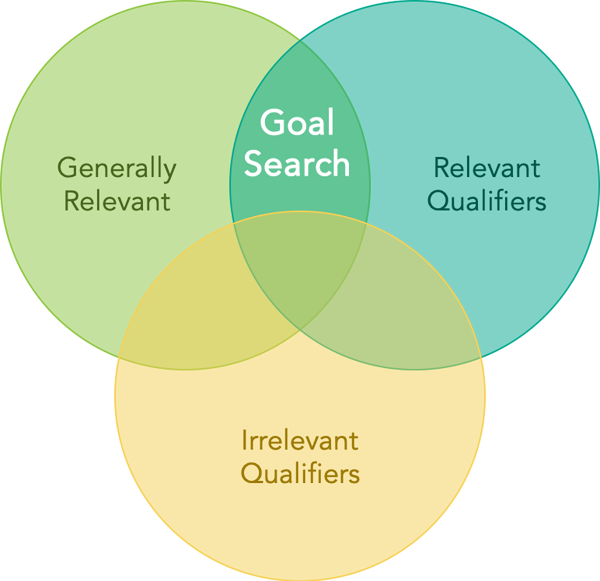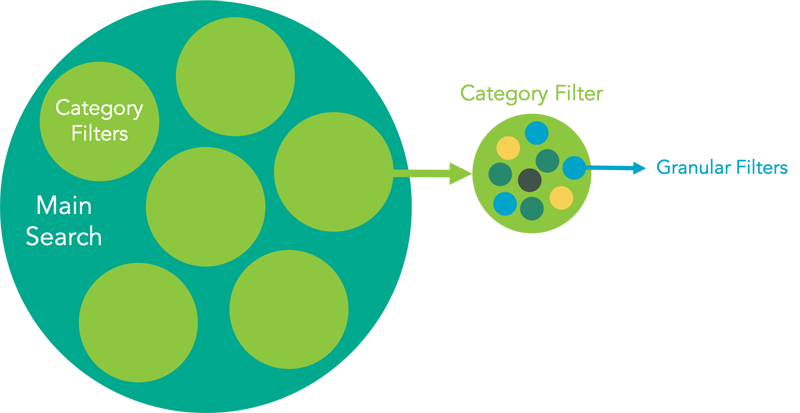How to do social listening
If you are skilled at finding information online or perhaps enjoy Googlewhacking in your spare time, you may have the skills to uncover and decode incredible amounts of valuable information via social networks, also known as social listening. A targeted search mindset, strategy, and set-up of your search is crucial to the inevitable success — or failure — of your social listening efforts.
Pick the tool
To start, having a robust social mention tool is important. Your understanding of how to use it and ensuring that it can capture information from the sources you need is essential. Occasionally, you may have to use multiple tactics or tools to get at specific sources. Ideally, you want to have a toolset that keeps you from frequently mining individual sources. That said, successful social listening is less about the tool and more about the strategy.
Consider the scope
 To get the best insights, you must be able to define the subset of online conversation that is relevant to you. It could be conversations around:
To get the best insights, you must be able to define the subset of online conversation that is relevant to you. It could be conversations around:
- A singular brand
- A set of brands, perhaps yours and key competitors
- An entire category or industry
- Your consumers/customers in a specific occasion, life stage, or need state
- The people (and all of their online conversation) who have posts that fit into any of the groupings above
Overwhelmed yet?
If that seems like a lot of possibilities — you're right. They are all possible, albeit with differing degrees of difficulty and complexity. Whether your focus is as narrow as a single brand or as broad as learning more about consumers as a whole, consider your goals. What do you want to be able to do with your social listening results? What does that mean for the scope of your search? After some thought, and perhaps a discussion with stakeholders or teammates, you'll take the crucial first step of defining the scope of your social search.
Identify the lexicon
 With your scope defined, the next step is to brainstorm. How do people talk online when their conversation is within your scope? You'll get at the surface level pretty quickly, but then... start thinking about slang, common misspellings, or hashtags that would indicate conversation relevant to you.
With your scope defined, the next step is to brainstorm. How do people talk online when their conversation is within your scope? You'll get at the surface level pretty quickly, but then... start thinking about slang, common misspellings, or hashtags that would indicate conversation relevant to you.
- If you are focused on a brand or brands, what hashtags or @accounts are typically mentioned in relevant posts?
- For categories, occasions, life stages, and need states, what types of words or phrases indicate that someone is experiencing something you are interested in?
Conducting preliminary searches and group brainstorms can help you identify the right lexicon and, as we like to say, develop your ontology of relevant search terms.
But wait...
You aren't done yet. Go back and look at that list. If some of those words or phrases are ambiguous or used in conversation that would be irrelevant, you may need to add some qualifiers or exclusions. For example, say you want to listen to the conversation around "chicken." Some will, of course, just say "nuggets." But, you don't want to hear about the Denver Nuggets or gold nuggets. With this in mind, consider other contexts your search terms could take on and refine them to be hyper-focused on your specific scope.
Here's another example that might seem simple at first, but gets tricky:

Filter for context
With searches as broad as some of these can get, you'll need to create filters that are meaningful and add context to the information you’re about to be inundated with. You can think of these filters in two ways.
- Simpler, more granular filters are the individual trends you are interested in — think flavors, ingredients, colors, styles, individual products/SKUs, etc.
- Larger, more category-like filters can add context to those granular trends — think departments, categories, the way your teams are organized, etc. Base these on whatever is most meaningful to your business and can be acted on.
In some cases, you may want to start by thinking about these larger filters and define your overall scope based on the sum of the more specific filters.

Compare and connect
Now that your search is set and you have the context you need, it's time to listen. As you enter this key milestone of your social listening journey, there are still a few more decisions you'll need to make.
- What metrics are most important to you? Is it all about post volume? Or are you concerned with information that can be uncovered through text analytics like sentiment and emotion? And at what threshold does a change deserve your attention?
- What comparisons make sense? Is this something that should be compared month-to-month? Is there other seasonality at play? Perhaps a year-over-year view is more meaningful.
- Should you perform any normalizing calculations in the data? Do you need to control for shifts in your main search or within your category filters? Should you consider a percent share calculation before making comparisons?
- How will you handle changes that are outside your control? The appearance of new social networks or changes in privacy policies are constant and may influence your listening. How will you handle these interruptions?
With these questions answered, you are left with the art of interpretation and understanding. The metrics and thresholds you set will draw your attention to changes that may be impactful. The final key to social listening success is examining each change individually, as well as at a macro-level, to determine the importance and impact for you.
Does all of this seem like too much?
Don't worry — we're here to help. Our team of social listening experts is skilled at working with you and your team to unlock the power of social listening. Reach out to get started on your journey.
People are talking about you online. Are you listening?
There is a seemingly limitless amount of organic, unfiltered consumer feedback at our fingertips — and that volume of social chatter can be both exciting and overwhelming. Social media listening enables organizations to sift through online conversations to uncover relevant and actionable insights that can drive consumer-centric decisions. Here's what you need to know to get started.

